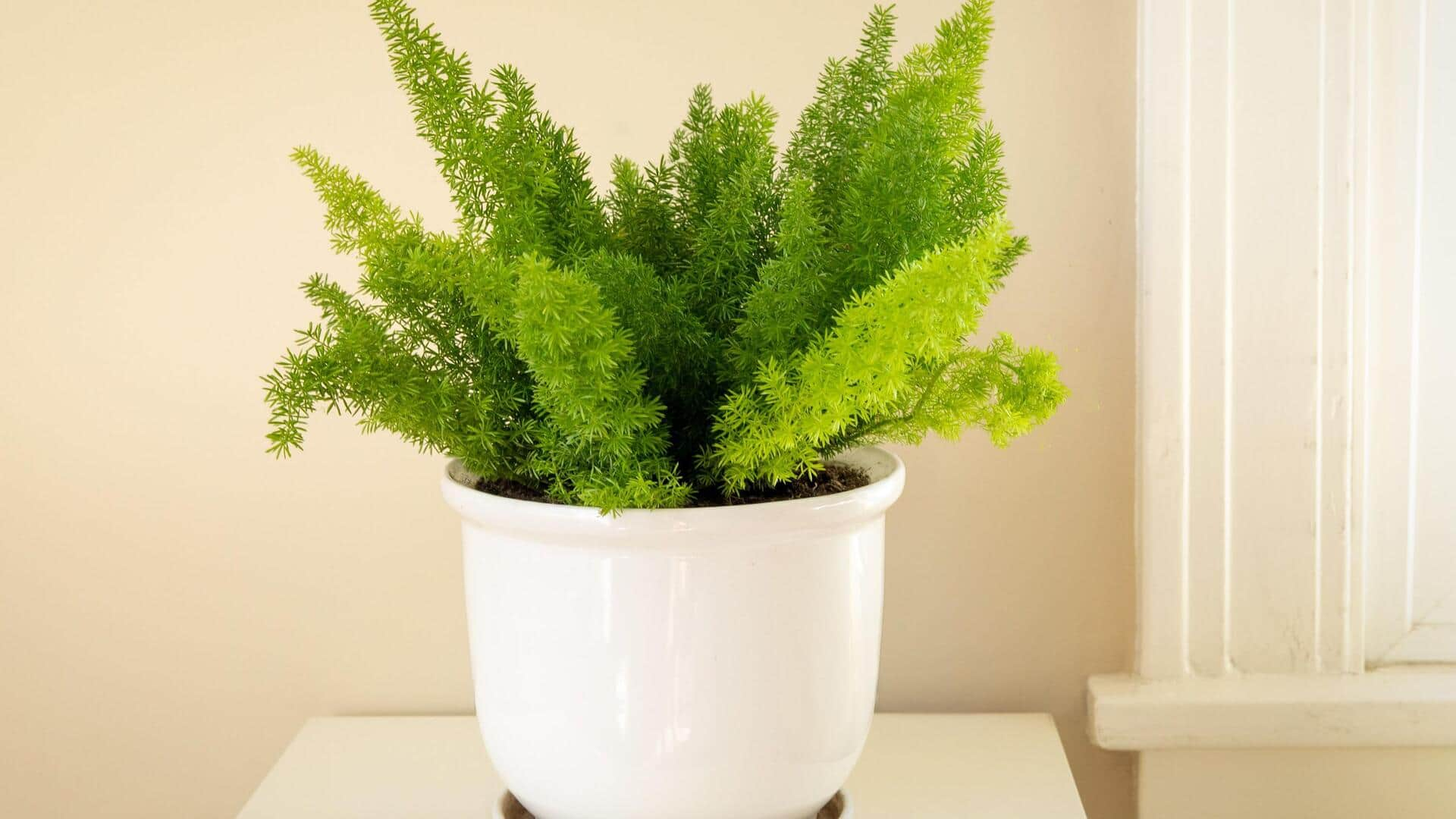
How to grow asparagus at home
What's the story
Growing asparagus at home can be a rewarding experience, providing fresh spears for your kitchen. This perennial vegetable requires patience and proper care but can thrive in the right conditions. By understanding its needs, you can create an environment that supports healthy growth. Here are five tips to help you successfully grow asparagus in your garden or backyard.
Tip 1
Choose the right location
Asparagus loves full sun, so pick a spot that gets at least six to eight hours of sunlight every day. The soil should also be well-draining to prevent waterlogging, which can damage the roots. Sandy or loamy soil is perfect, but if your soil is heavy clay, amend it with organic matter to improve drainage.
Tip 2
Prepare the soil properly
Preparing the soil is key to growing healthy asparagus. Start by testing the pH level of your soil; it should be between six and eight. Add lime if it's too acidic or sulfur if it's too alkaline. Incorporate compost or well-rotted manure into the soil to provide nutrients and improve its structure.
Tip 3
Plant at the right time
The best time to plant asparagus crowns is in early spring when the danger of frost has passed. Dig trenches about 12 inches deep and place crowns 18 inches apart in rows spaced three feet apart. Cover them with two inches of soil and gradually add more as they grow, keeping the crowns just below the surface.
Tip 4
Water consistently but avoid overwatering
Asparagus needs regular watering, especially during dry spells, but overwatering can lead to root rot. Water deeply once a week instead of frequent shallow watering. This encourages deep root growth, which is essential for the plant's health and resilience. This method ensures that the asparagus plants remain healthy and productive, giving you a good harvest.
Tip 5
Mulch for weed control
Applying mulch around your asparagus plants helps control weeds and retains moisture in the soil. Use organic materials like straw or wood chips, applying a layer about four inches thick around each plant. This not only suppresses weeds but also adds nutrients back into the soil as it decomposes over time.